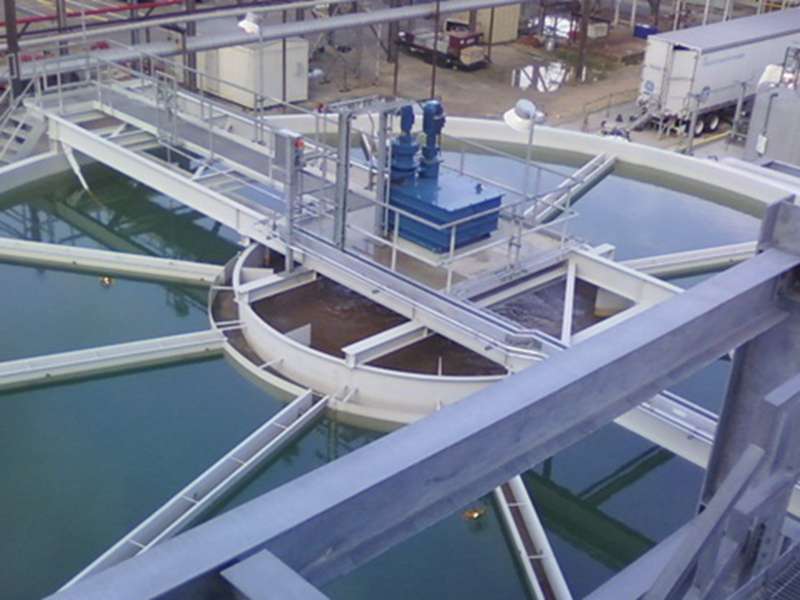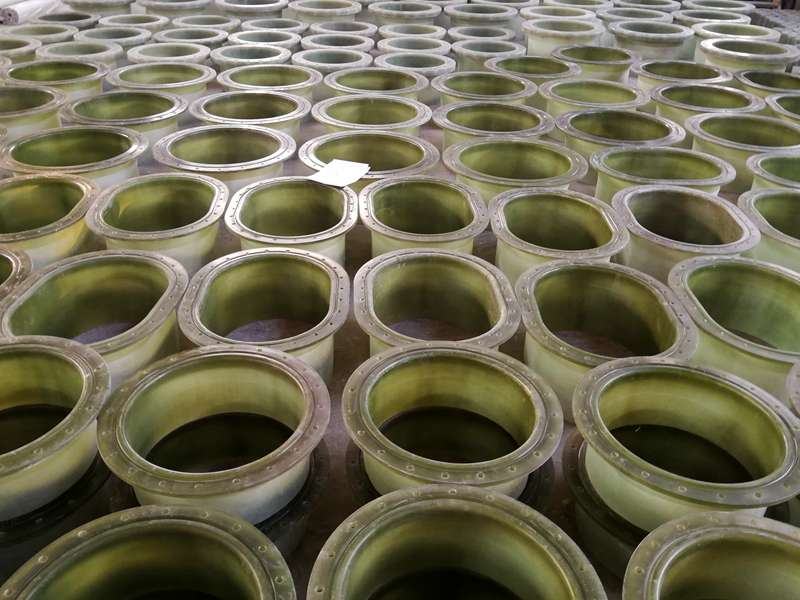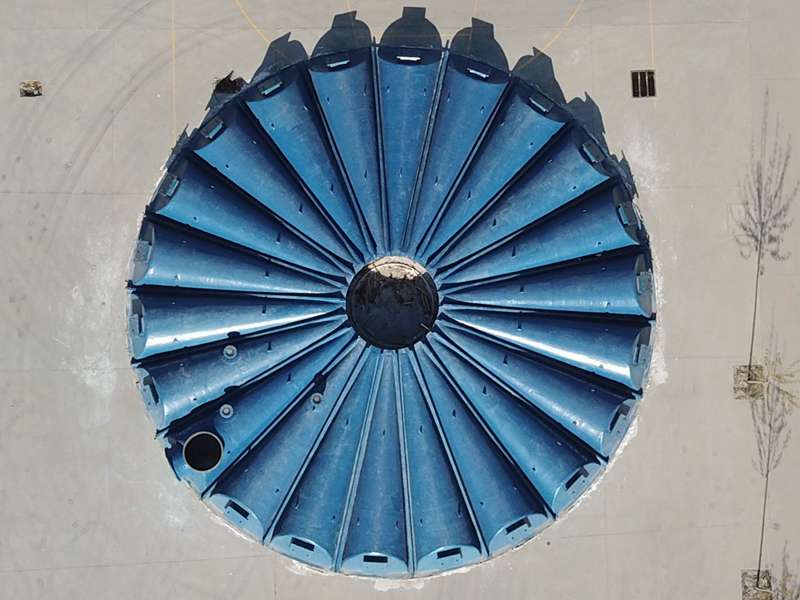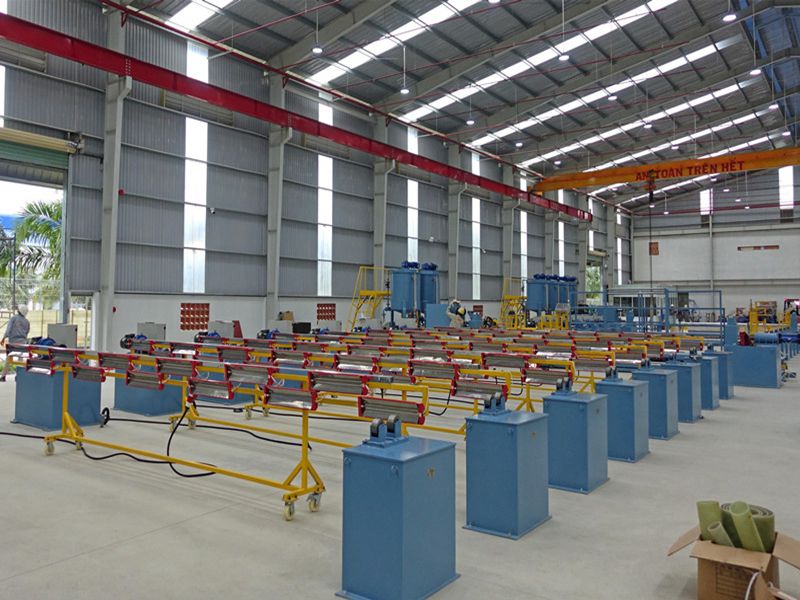
-
 Afrikaans
Afrikaans -
 Albanian
Albanian -
 Amharic
Amharic -
 Arabic
Arabic -
 Armenian
Armenian -
 Azerbaijani
Azerbaijani -
 Basque
Basque -
 Belarusian
Belarusian -
 Bengali
Bengali -
 Bosnian
Bosnian -
 Bulgarian
Bulgarian -
 Catalan
Catalan -
 Cebuano
Cebuano -
 China
China -
 China (Taiwan)
China (Taiwan) -
 Corsican
Corsican -
 Croatian
Croatian -
 Czech
Czech -
 Danish
Danish -
 Dutch
Dutch -
 English
English -
 Esperanto
Esperanto -
 Estonian
Estonian -
 Finnish
Finnish -
 French
French -
 Frisian
Frisian -
 Galician
Galician -
 Georgian
Georgian -
 German
German -
 Greek
Greek -
 Gujarati
Gujarati -
 Haitian Creole
Haitian Creole -
 hausa
hausa -
 hawaiian
hawaiian -
 Hebrew
Hebrew -
 Hindi
Hindi -
 Miao
Miao -
 Hungarian
Hungarian -
 Icelandic
Icelandic -
 igbo
igbo -
 Indonesian
Indonesian -
 irish
irish -
 Italian
Italian -
 Japanese
Japanese -
 Javanese
Javanese -
 Kannada
Kannada -
 kazakh
kazakh -
 Khmer
Khmer -
 Rwandese
Rwandese -
 Korean
Korean -
 Kurdish
Kurdish -
 Kyrgyz
Kyrgyz -
 Lao
Lao -
 Latin
Latin -
 Latvian
Latvian -
 Lithuanian
Lithuanian -
 Luxembourgish
Luxembourgish -
 Macedonian
Macedonian -
 Malgashi
Malgashi -
 Malay
Malay -
 Malayalam
Malayalam -
 Maltese
Maltese -
 Maori
Maori -
 Marathi
Marathi -
 Mongolian
Mongolian -
 Myanmar
Myanmar -
 Nepali
Nepali -
 Norwegian
Norwegian -
 Norwegian
Norwegian -
 Occitan
Occitan -
 Pashto
Pashto -
 Persian
Persian -
 Polish
Polish -
 Portuguese
Portuguese -
 Punjabi
Punjabi -
 Romanian
Romanian -
 Russian
Russian -
 Samoan
Samoan -
 Scottish Gaelic
Scottish Gaelic -
 Serbian
Serbian -
 Sesotho
Sesotho -
 Shona
Shona -
 Sindhi
Sindhi -
 Sinhala
Sinhala -
 Slovak
Slovak -
 Slovenian
Slovenian -
 Somali
Somali -
 Spanish
Spanish -
 Sundanese
Sundanese -
 Swahili
Swahili -
 Swedish
Swedish -
 Tagalog
Tagalog -
 Tajik
Tajik -
 Tamil
Tamil -
 Tatar
Tatar -
 Telugu
Telugu -
 Thai
Thai -
 Turkish
Turkish -
 Turkmen
Turkmen -
 Ukrainian
Ukrainian -
 Urdu
Urdu -
 Uighur
Uighur -
 Uzbek
Uzbek -
 Vietnamese
Vietnamese -
 Welsh
Welsh -
 Bantu
Bantu -
 Yiddish
Yiddish -
 Yoruba
Yoruba -
 Zulu
Zulu
Pneumatic Rock Drill for Efficient Construction and Mining Applications
The Pusher Leg Rock Drill A Vital Tool in Modern Mining and Construction
In the ever-evolving landscape of construction and mining, efficiency and precision are paramount. One of the tools that significantly enhances these aspects is the pusher leg rock drill. This powerful piece of equipment is designed to bore holes in rock formations, making it indispensable for various applications such as tunneling, quarrying, and securing infrastructure.
The pusher leg rock drill operates on a relatively straightforward principle it utilizes compressed air to generate rapid percussion and rotational motion, enabling it to penetrate tough rock surfaces. Its design typically features a robust body, a drill bit at the front, and a pusher leg that stabilizes the drill against the rock. The pusher leg not only provides stability but also allows for the adjustment of drilling angles, making it versatile for different geological conditions.
One of the significant advantages of using a pusher leg rock drill is its ability to achieve high drilling speeds. This efficiency translates to faster project completion times, which is especially critical in the mining industry where time is often equated with money. The drill's design minimizes downtime by quickly replacing worn bits and maximizing operational hours, enabling mining companies to increase their output significantly.
Additionally, these drills are known for their durability and reliability. Built to withstand the harsh conditions often found in mining and construction sites, pusher leg rock drills are typically made from high-grade materials that reduce wear and tear. This resilience not only extends the lifespan of the equipment but also minimizes maintenance costs, further enhancing the return on investment for companies that utilize them.
pusher leg rock drill
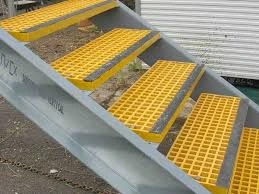
Ergonomics is another vital feature of pusher leg rock drills. Operators spend long hours using this equipment, and comfort is essential for maintaining productivity and safety. Many modern drills are designed with adjustable controls and cushioned handles that reduce operator fatigue. Furthermore, advancements in technology have led to the development of drills with noise-reducing features and vibration dampening systems, creating a safer and more comfortable working environment.
The versatility of the pusher leg rock drill is exemplified by its adaptability to various geological settings. Whether drilling through hard granite, loose sediment, or layered formations, these drills can be adjusted to accommodate different rates of penetration and drilling angles. This flexibility makes them a favorite in both urban construction projects, where builders may encounter unpredictable subsurface conditions, and in rugged mining environments, where rock types can vary dramatically over short distances.
Moreover, the importance of safety cannot be overstated in the context of pusher leg rock drills. These machines are often equipped with safety features that prevent accidental starts and provide emergency shut-off options. Training for operators is also critical; skilled operators can maximize the drill's capabilities while ensuring that safety protocols are strictly followed.
In conclusion, the pusher leg rock drill is a pivotal tool in the sectors of mining and construction. Its ability to produce high-quality holes in a variety of rock types while enhancing safety and productivity makes it an essential component of modern operations. With ongoing advancements in technology and design, the future of pusher leg rock drills looks promising, ensuring they will continue to play an integral role in the efficient extraction of resources and the advancement of infrastructure projects worldwide. As they evolve, we can expect even greater efficiency, safety, and ergonomics, solidifying their place in the toolkit of construction and mining professionals for years to come.



